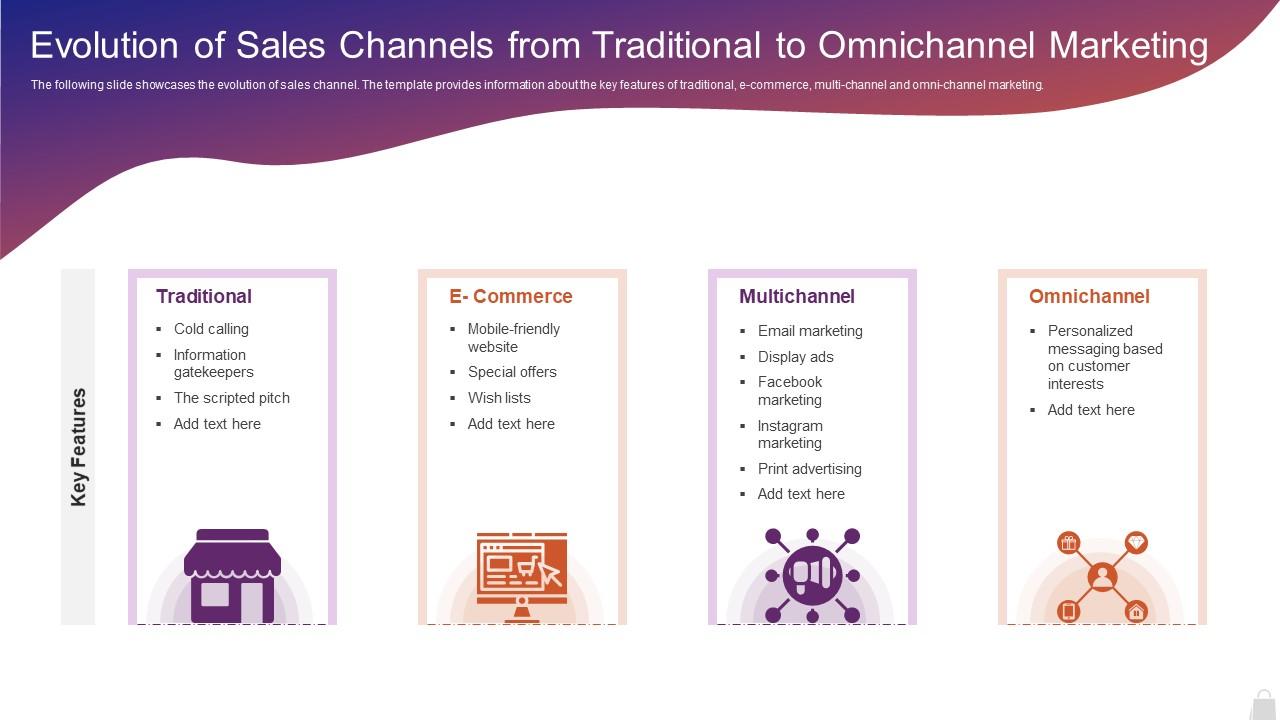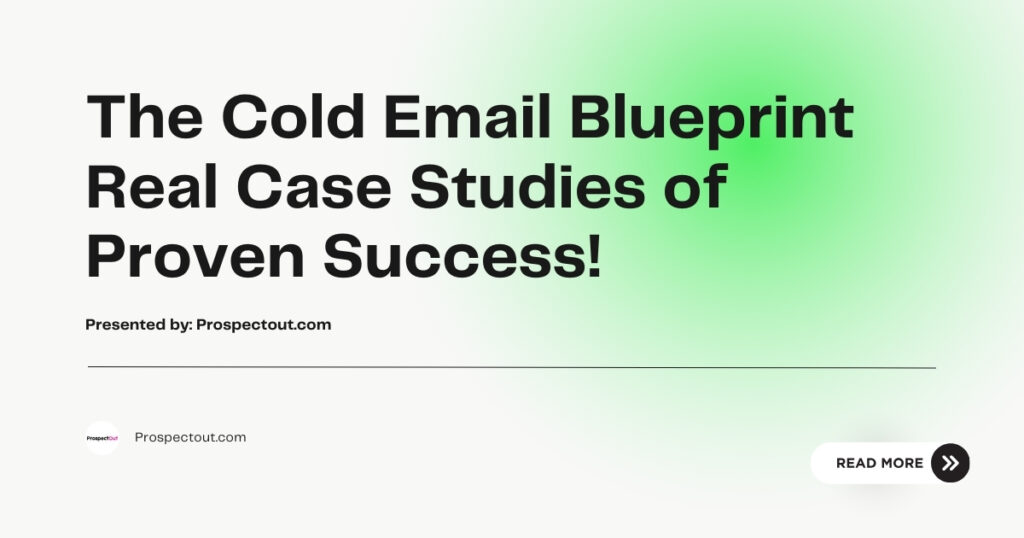Cold email marketing has evolved from spammy tactics to a more personalized and targeted approach. Today, it focuses on relationship-building and value.
Cold email marketing has undergone significant changes over the years. Early strategies often involved sending unsolicited, generic messages to large lists. This approach led to low engagement and high spam complaints. Modern cold email marketing emphasizes personalization, targeting specific audiences, and offering genuine value. Cold email frameworks provide templates and strategies that drive engagement and ensure your emails remain relevant in today’s competitive landscape.
Marketers now use data-driven insights to craft tailored messages that resonate with recipients. This shift has led to higher open rates and conversions. Personalization tools and automation have also made it easier to scale these efforts. By focusing on building relationships rather than just selling, businesses can create more effective and respectful marketing campaigns. AI techniques in cold email have also become a game-changer, offering predictive insights and personalization at scale, which enhances success.

Credit: revnew.com
Table of Contents
Introduction To Cold Email Marketing
Cold email marketing has transformed business outreach. It connects companies with potential clients. This method is direct and cost-effective. Understanding its evolution helps businesses use it better.
History And Origins
Cold email marketing began in the early days of the internet. It was a new way to reach unknown prospects. Initially, businesses relied on traditional methods like phone calls and direct mail. Cold emails changed the game. They allowed for mass communication at a low cost. The first cold emails were basic and often ignored. Over time, strategies improved. Marketers learned to craft better messages. This led to higher response rates. Today, cold email marketing is a key part of business strategy.
Further Read
Importance In Modern Business
Cold email marketing is crucial in today’s business world. It helps companies reach new markets quickly. Startups and small businesses benefit the most. They can contact potential clients without large budgets. Cold emails also provide measurable results. Marketers can track open rates and responses. This data helps improve future campaigns. Cold email marketing also builds relationships. Personalized emails show recipients that they matter. This can lead to long-term business connections. Cold email marketing remains vital for business growth.

Credit: www.slideteam.net
Evolution Of Cold Email Strategies
Cold email marketing has transformed significantly over the years. This transformation has been driven by changes in technology, user behavior, and marketing strategies. Understanding this evolution can help businesses refine their email marketing approaches for better results.
Early Techniques
In the early days, cold email marketing was simple and straightforward. Marketers would compile a list of potential leads and send out mass emails. These emails were often generic and lacked personalization. The primary goal was to reach as many people as possible.
- Bulk emailing to large lists
- Minimal personalization
- High chance of being marked as spam
These techniques had limited success. Many emails ended up in spam folders. Response rates were generally low, leading marketers to seek better methods.
Technological Advancements
With the advent of new technologies, cold email strategies began to evolve. Automation tools made it easier to manage and send emails. Personalization became a key focus, improving engagement rates.
| Technological Advancement | Impact on Cold Email Strategies |
|---|---|
| Automation Tools | Streamlined email campaigns, saving time |
| Personalization | Improved engagement and response rates |
| Analytics | Better understanding of campaign performance |
Automation tools like Mailchimp and HubSpot allowed for scheduled and automated email campaigns. These tools also provided analytics, helping marketers understand the effectiveness of their emails. Personalization tools enabled marketers to address recipients by their names, adding a personal touch to each email.
Technological advancements also brought about better spam filters. This forced marketers to create more valuable and relevant content. The focus shifted from quantity to quality, ensuring emails provided genuine value to the recipients.
Personalization In Cold Emails
Cold email marketing has evolved significantly in recent years. One of the key drivers of this evolution is personalization. Personalization can transform a cold email from being ignored to being a conversation starter. By tailoring emails to the recipient, you show that you value their time and interests. Avoid pitfalls and spam filter issues by following best practices for a higher likelihood of reaching recipients’ inboxes compliantly and effectively.
Benefits Of Personalization
Personalized cold emails can lead to better engagement. Here are some key benefits:
- Higher Open Rates: Personalized subject lines catch the reader’s eye.
- Increased Response Rates: Recipients feel the email is relevant to them.
- Better Customer Relationships: Personalization shows you care about their needs.
- Improved Conversion Rates: Tailored content can drive action.
Tools For Personalized Emails
Several tools can help create personalized cold emails. These tools make it easier to gather and use recipient information.
| Tool | Features |
|---|---|
| HubSpot | CRM integration, email templates, personalization tokens |
| Mailchimp | Segmentation, merge tags, analytics |
| Woodpecker | Custom fields, follow-up automation, A/B testing |
| Reply.io | AI-driven insights, multichannel outreach, personalization at scale |
Using these tools can greatly enhance the effectiveness of your cold email campaigns.
Automated Cold Email Campaigns
In the fast-changing world of Cold Email Marketing, Automated Cold Email Campaigns have revolutionized how businesses communicate with potential clients. These campaigns streamline the outreach process, ensuring efficiency and scalability. This section will explore the tools and best practices for executing successful automated cold email campaigns.
Automation Tools
Automation tools simplify the process of sending cold emails. They help save time and ensure consistent communication. Below are some popular tools:
- Mailshake: Known for its user-friendly interface and powerful features.
- Reply.io: Offers advanced analytics and easy integration with CRM systems.
- Woodpecker: Focuses on personalization and delivering human-like emails.
- Yesware: Provides tracking and scheduling features, ideal for sales teams.
These tools allow you to set up campaigns, schedule emails, and track responses. They ensure each email reaches the right person at the right time. Automation tools help maintain a steady flow of communication without manual intervention.
Best Practices
To make the most of automated cold email campaigns, follow these best practices:
- Personalize your emails: Use the recipient’s name and company details.
- Keep it short: Write concise and to-the-point messages.
- Clear call-to-action: Make it easy for the recipient to respond.
- Test different approaches: Experiment with various subject lines and email content.
- Monitor and adjust: Track open and response rates to refine your strategy.
Personalization makes your emails more appealing. Short messages respect the recipient’s time. Clear calls-to-action guide the recipient on what to do next. Testing helps you find what works best. Monitoring ensures continuous improvement of your campaigns.
| Best Practice | Benefit |
|---|---|
| Personalize your emails | Increases engagement |
| Keep it short | Respects recipient’s time |
| Clear call-to-action | Encourages response |
| Test different approaches | Finds the best strategy |
| Monitor and adjust | Ensures continuous improvement |
Following these best practices will help you craft effective automated cold email campaigns. These strategies ensure your emails are well-received and drive the desired outcomes.
Crafting Effective Subject Lines
Crafting the perfect subject line is vital for cold email marketing success. It determines if your email gets opened or ignored. A well-crafted subject line can boost open rates and engagement. Let’s explore the key elements behind effective subject lines.
Psychology Behind Subject Lines
Understanding the psychology of your audience is crucial. People often decide to open emails based on emotions. Curiosity, urgency, and value are powerful triggers.
- Curiosity: People love discovering new things.
- Urgency: Limited-time offers create a sense of urgency.
- Value: Highlighting benefits attracts attention.
Using these triggers can significantly improve your open rates. Knowing what your audience cares about helps craft better subject lines.
Examples Of Successful Subject Lines
Here are some subject lines that have proven effective:
| Type | Subject Line |
|---|---|
| Curiosity | “You won’t believe what we discovered!” |
| Urgency | “Only 3 hours left to save 50%!” |
| Value | “Unlock your free guide to success” |
These examples show how to use psychology in subject lines. Testing different approaches helps find what works best for your audience.
For specific tips on improving response rates, check out our guide to refine your approach for maximum engagement.

Credit: www.linkedin.com
Compliance And Ethical Considerations
The evolution of cold email marketing has brought new challenges. One major area is compliance and ethical considerations. Understanding and adhering to legal regulations, while maintaining trust, is crucial for successful campaigns.
Legal Regulations
Legal regulations play a vital role in cold email marketing. These laws ensure that marketing practices respect recipients’ rights. Different regions have their own rules. Marketers must be aware of these to avoid penalties.
| Region | Regulation | Key Points |
|---|---|---|
| United States | CAN-SPAM Act | Don’t use false info in headers.Include a clear opt-out option.Honor opt-out requests promptly. |
| Europe | GDPR | Obtain explicit consent before sending emails.Provide clear and accessible opt-out options.Ensure data protection and privacy. |
| Canada | CASL | Get explicit or implied consent.Provide sender identification info.Include a clear unsubscribe mechanism. |
Maintaining Trust
Building and maintaining trust is essential in cold email marketing. Trust ensures higher open rates and engagement. Here are some key practices:
- Personalize your emails: Use the recipient’s name and tailor the content.
- Be transparent: Clearly state who you are and why you are contacting them.
- Provide value: Offer something useful, such as a free resource or insight.
- Respect privacy: Do not share or misuse their email addresses.
- Follow up responsibly: Avoid excessive follow-ups that can annoy recipients.
Implementing these practices helps in creating a positive relationship with your audience. It also fosters long-term engagement and trust.
Measuring Success
Cold email marketing has evolved significantly over the years. Measuring success is crucial in understanding the effectiveness of your campaigns. By focusing on key metrics and analyzing results, you can continuously improve your cold email strategy.
Key Metrics
Tracking the right key metrics helps you gauge your campaign’s performance. Here are some important metrics:
- Open Rate: The percentage of recipients who open your email.
- Click-Through Rate (CTR): The percentage of recipients who click on links within your email.
- Response Rate: The percentage of recipients who reply to your email.
- Conversion Rate: The percentage of recipients who complete a desired action.
- Unsubscribe Rate: The percentage of recipients who opt-out of your email list.
Analyzing Results
Analyzing the results of your cold email campaigns helps you identify areas for improvement. Use the data to make informed decisions. Consider the following steps:
- Segment your data by different criteria, such as industry or geography.
- Compare the performance of different email templates.
- Identify trends over time to understand what works best.
- Adjust your strategy based on the insights gathered.
Here’s a table to summarize the key metrics and their significance:
| Metric | Significance |
|---|---|
| Open Rate | Indicates the effectiveness of your subject line. |
| Click-Through Rate (CTR) | Measures the engagement level of your email content. |
| Response Rate | Shows how compelling your email is to recipients. |
| Conversion Rate | Reflects the success of your call-to-action. |
| Unsubscribe Rate | Helps identify if your emails are annoying recipients. |
Future Trends In Cold Email Marketing
Cold email marketing continues to evolve with technology advancements. Businesses must stay updated with the latest trends to stay competitive. Let’s explore the future trends in cold email marketing.
Ai And Machine Learning
Artificial Intelligence (AI) and Machine Learning (ML) are transforming cold email marketing. These technologies help in personalizing emails and predicting customer behavior. AI tools analyze vast amounts of data to find patterns. This allows for more targeted and effective email campaigns.
AI can also automate routine tasks. For instance, it can schedule email sends and follow-ups. This saves time and ensures timely communication. ML algorithms can optimize subject lines and content. This increases open rates and engagement.
The use of Natural Language Processing (NLP) enhances email content. NLP helps craft human-like messages. This makes emails more relatable and engaging for recipients.
Integration With Other Marketing Channels
Cold email marketing is no longer a standalone strategy. It integrates with other marketing channels for a cohesive approach. This multi-channel strategy ensures wider reach and consistent messaging.
For instance, integrating cold emails with social media campaigns can boost engagement. Social media platforms offer valuable data on customer preferences. This data can be used to tailor email content.
Another example is combining email marketing with content marketing. Sharing blog posts, whitepapers, and case studies via email provides value to recipients. This builds trust and positions the business as an industry leader.
Here’s how integration can be done effectively:
| Channel | Integration Strategy |
|---|---|
| Social Media | Use social data to personalize email content. |
| Content Marketing | Share valuable content like blogs and whitepapers. |
| Web Analytics | Analyze website behavior to tailor email campaigns. |
By integrating these channels, businesses can create a more unified customer experience. This leads to higher engagement and conversion rates.
Frequently Asked Questions
What Is Cold Email Marketing?
Cold email marketing is sending unsolicited emails to potential customers. It’s used to generate leads and build business relationships.
How Has Cold Email Marketing Evolved?
Cold email marketing has evolved with personalization and automation tools. These advancements help improve targeting and engagement rates.
Why Use Cold Email Marketing?
Cold email marketing is cost-effective and scalable. It allows businesses to reach a large audience quickly and efficiently.
What Are The Best Practices For Cold Email Marketing?
Best practices include personalization, clear subject lines, and value-driven content. Avoid spamming and always include an opt-out option.
Conclusion
Cold email marketing has become smarter and more effective. With ProspectOut, you can create campaigns that don’t just reach people but resonate with them. Our approach uses personalization and smart automation, so each email feels like it’s written just for the recipient. Staying on top of trends, We help you to build campaigns that grow your business and build real connections. It’s not just about sending emails—it’s about starting relationships that lead to success.



